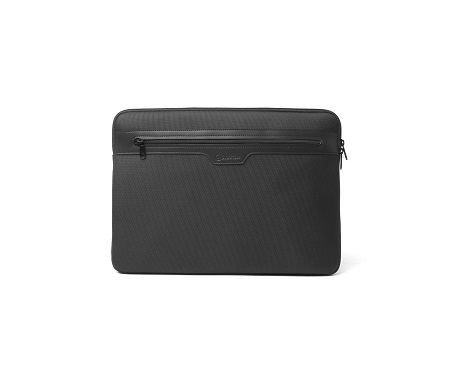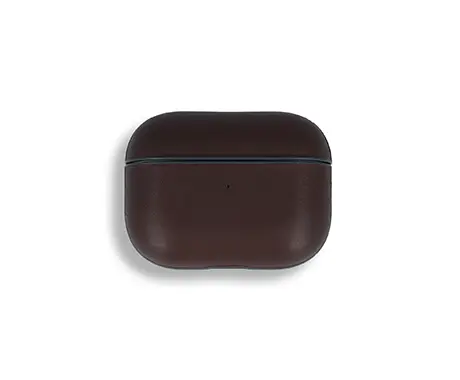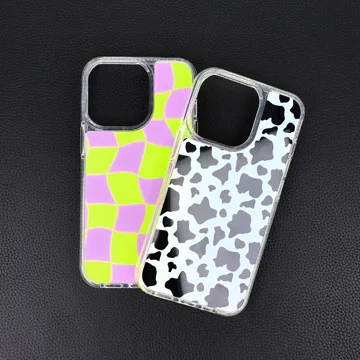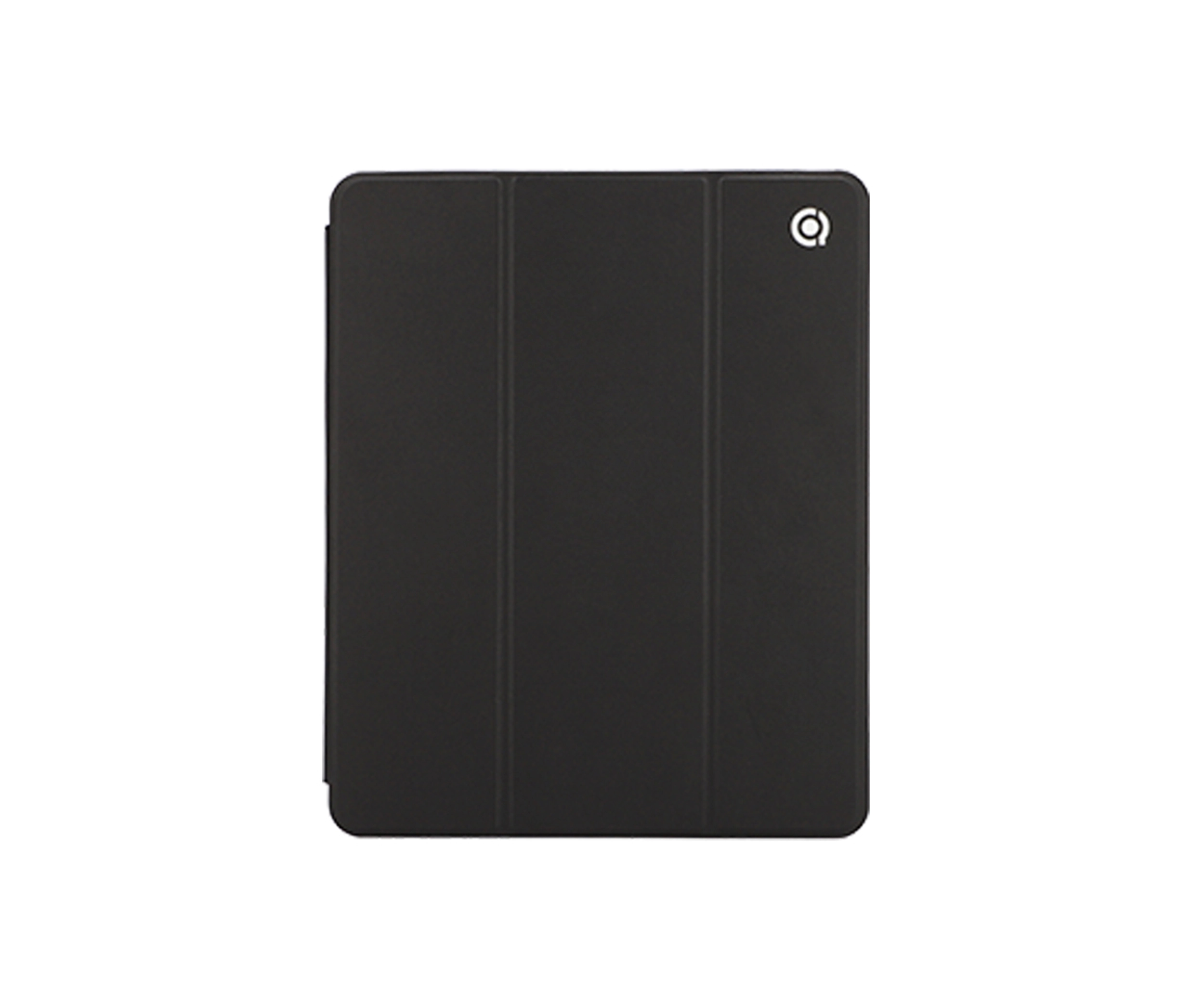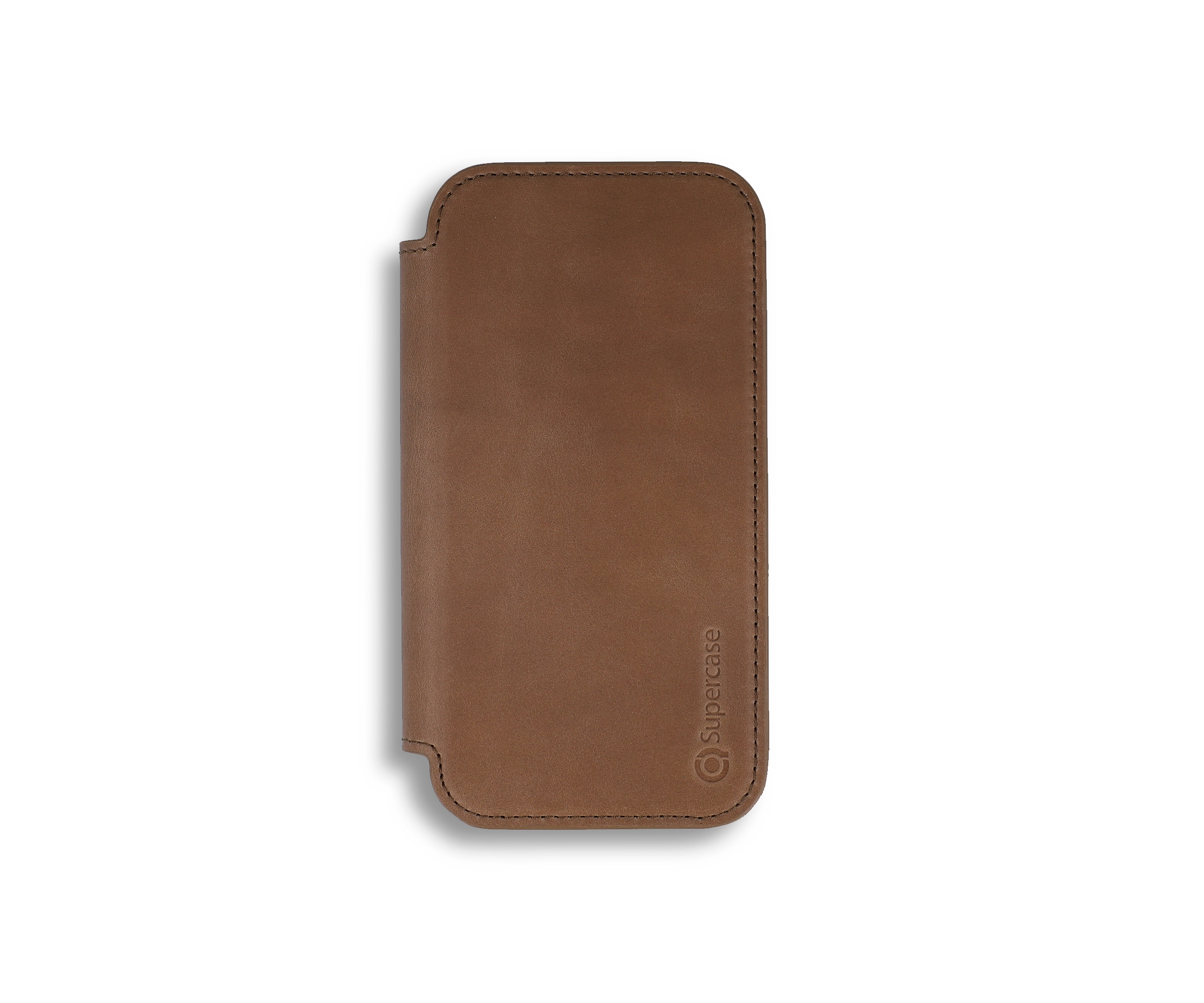Jan 17 , 2024
When it comes to protecting your iPhone, choosing a case is more than just about protection; it's also about expressing your style and values. Leather and silicone stand out as materials for iPhone cases. Each has its own set of benefits, but which one is the best fit for you? Many iPhone owners are debating whether to go with the timeless allure of leather or the modern utility of silicone.
Leather cases, renowned for their sophistication, age gracefully, developing a unique patina over time. This natural aging process enhances their aesthetic value, making each case a personal statement piece. These cases, often seen as a symbol of luxury, elevate the look of your iPhone, adding a touch of class and timelessness. Find your style among these custom leather iphone case.
Craftsmanship and Elegance
Leather cases are a testament to skilled craftsmanship. The attention to detail, precision, and quality of materials used in their creation make them stand out. The elegance they bring to your iPhone is unmatched, making it not just a device but a fashion accessory.
In terms of protection, leather cases offer a sturdy shield against daily wear and tear. While not invincible against severe impacts, they are reliable for everyday bumps and scratches. Their durability is a testament to their quality, often outlasting their silicone counterparts.
A Layer of Protection
The robustness of leather cases lies in their multiple layers, each designed to provide a specific type of protection. From shock-absorbing padding to reinforced corners, these cases ensure your iPhone remains safe and secure.
As a natural material, leather has an edge in environmental friendliness. It's biodegradable and less harmful to the planet compared to synthetic materials. However, its production process and the use of animal products raise ethical and environmental concerns for some users.
The Sustainability Debate
The production of leather involves a complex process, including the treatment of animal hides. While leather is biodegradable, its ethical implications raise questions about sustainability. Users concerned about animal welfare and environmental impact may need to consider alternative options.
Quality comes at a price, and leather cases are no exception. They are generally more expensive than silicone cases, reflecting the cost of material and craftsmanship. This investment, however, pays off in longevity and style. Check out these premium oem phone case for a perfect combination of quality and elegance.
Worth the Investment
Consider a leather iPhone case by a leather phone case manufacturer as an investment in both protection and style. While it may have a higher upfront cost, its longevity and the prestige it adds to your iPhone make it a valuable choice.
Now, let's turn our attention to silicone iPhone cases, the alternative option that offers its unique set of features and benefits.
The world of silicone cases is vibrant and diverse. Available in an array of colors and designs, these cases cater to every style and personality. Whether you prefer bold hues or subtle tones, there's a silicone case for every taste.
Silicone cases are known for their flexibility, making them easy to put on and remove. This flexibility also aids in shock absorption, providing a basic level of protection against drops and minor impacts.
One of the biggest advantages of silicone cases is their affordability. They offer a budget-friendly option for protecting your iPhone without sacrificing style. Their widespread availability makes them easily accessible to a broad range of users.
While silicone cases are practical, they fall short in durability. They are prone to discoloration and can deteriorate faster than leather cases. Additionally, their synthetic nature raises environmental concerns due to the difficulty in biodegrading.
Silicone cases, despite their affordability, may need to be replaced more frequently due to wear and tear. Their inability to withstand prolonged use can be a drawback for users seeking a long-term solution.
The synthetic nature of silicone raises concerns about its environmental impact. Disposal and recycling of silicone cases can pose challenges, contributing to electronic waste concerns.
When it comes to the protection and durability of iPhone cases, both leather and silicone offer advantages and disadvantages. Leather cases are durable and can sustain continuous use, effectively protecting against scratches and moderate impacts. Their strength comes from their capacity to last over time, with the leather growing more characterful as it matures. However, they may not provide the optimum protection in extreme drop circumstances.
Silicone cases, on the other hand, provide excellent shock absorption due to their flexible nature. They can withstand the impact of a fall and provide enough protection against drops. Their disadvantage is that they tend to stretch or rip with time, particularly when exposed to extreme weather or sharp things.
Sleekness and Weight of Leather Cases
Leather cases are known for their sleek design, which adds little bulk to your iPhone. This sleekness makes the phone easier to use and carry while maintaining the phone's inherent design look. Leather's modest weight also contributes to a more comfortable user experience, particularly for people who carry their phone in a pocket or a small purse.
Bulkiness of Silicone Cases
Silicone cases are typically larger, which can be a disadvantage for those seeking a small and inconspicuous case. However, the extra bulk provides a better grip and a stronger layer of protection. For consumers who choose safety over style, this may be a better option.
In the world of iPhone covers, the price frequently reflects the product's quality and durability. Leather cases, while more expensive, have a premium appearance and feel, and they are built to last. This makes them a good investment for people who value both longevity and style.
Silicone cases are a more economical option for iPhone protection. They are a sensible solution for consumers who constantly change their phone cases or are seeking for a low-cost alternative.
The environmental impact of iPhone covers is an essential factor for environmentally aware shoppers. Leather, as a natural material, is biodegradable and can be considered environmentally friendly. However, the tanning and production processes for leather create certain environmental concerns.
Silicone, while synthetic, presents biodegradability and environmental concerns. The creation and disposal of silicone cases contribute to environmental contamination, making them a less sustainable alternative.

